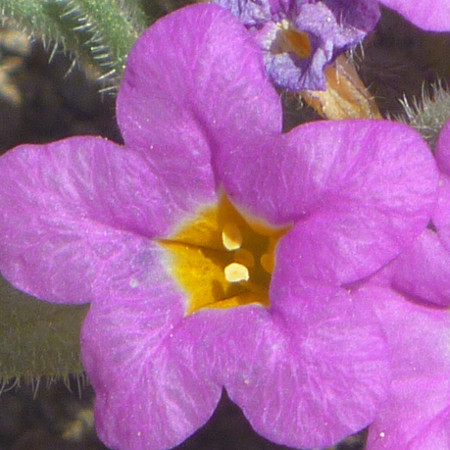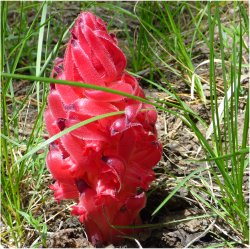
Sulfur-containing andesite from the
geothermal Bumpass Hell area
displayed in the Loomis Museum
Andesite occurs in volcanic regions around
the world; for example, in regions belonging to the
margin of the Pacific Basin—like
South America's Andes, after which this family of extrusive igneous
rock is named. In North America,
Lassen Volcanic is such a region.
There, andesite and dacite rocks erupted from
Lassen Peak
in 1915: dark andesite and light dacite mixed to form
banded pumice.
Park visitors can see and touch a banded pumice specimen
at an interpretive outdoor exhibit and compare its texture
with that of other volcanic rocks that during eruptions
tumbled down the northeast slopes of Lassen Peak as hot lava
rocks and “created” the Devastated Area.
Andesite is typically black or gray colored. But the
Bumpass Hell andesite,
which is shown above and displayed at the
Loomis Museum,
has a yellow-sulfur appearance. The museum panel explains that the
hot water and
sulfurous steam of the hydrothermally active
Bumpass Hell area decomposed the rock.







